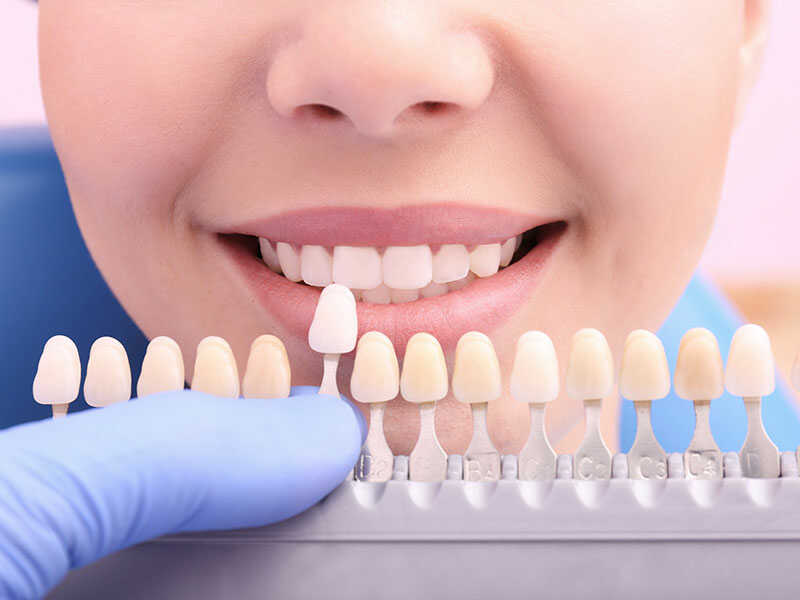
Laminate Veneers: What is it?
Laminate veneers are extremely thin shells that are affixed to the tooth’s front surface. These coatings can be utilized for a variety of things, including fixing teeth’s forms, colors, and gaps, as well as healing fractures or bruising. In the lab, laminate veneers are made one at a time.
In Which Situations Can Laminate Veneers Be Made?
On the front surfaces of the teeth, laminate veneers are used to address aesthetic issues. In the following situations, porcelain laminate veneers can be created:
Discoloration Issues
Some people may have discolored or yellowed teeth as a result of smoking or unhealthful eating practices. Laminate veneers, which are frequently chosen in these circumstances, provide the teeth an attractive whiteness and enable a person to smile attractively.
Deformity Issues
Congenital or tram-related fractures might cause the teeth to be malformed. For teeth that need to be reshaped and have a smoother dental structure, laminate veneers are frequently chosen.
Interdental Spaces
With the use of porcelain lamina veneers, structural gaps between the teeth are filled, giving the teeth a smoother and more natural appearance.
Tooth Caries and Fractures
Laminate veneers are frequently used to cover teeth with decay or damage.
Filled Teeth
Old fillings may develop issues over time, such dental cracking or color fading. In these situations, laminate veneers take the place of outdated fillings to improve the aesthetics and naturalness of the teeth.
Laminate veneers: How are they made?
To determine whether the patient is qualified for veneer application, the dentist first conducts a thorough first examination. If the patient has dental caries or other issues, these discomforts must be treated first; if not, the measurement step is initiated. At this point, the necessary 3D scanner is used to acquire digital measures from the inside of the mouth, and these measurements are sent to the lab in a digital environment to create veneers that are appropriate for the teeth’s color, shape, and size.
The teeth are cleansed and prepared in the second stage before the veneers are affixed to the tooth surfaces. To prepare the tooth surface for porcelain veneers, the dentist lightly abrades the front surfaces of the teeth. The veneers are finished by being bonded to the tooth surface using a specific glue.
The process of creating a laminate veneer is typically painless and takes less time than other dental procedures.
Advantages of Laminate Veneers:
- Veneers improve the appearance of teeth with excellent results and help patients achieve a perfect smile in a short time.
- Their biggest advantage is that they are resistant to discoloration and staining.
- It is a conservative and harmless procedure since little or no correction is made on the tooth surface.
- It is also a quick and painless method, it can usually be completed in 2 visits to the clinic.
It is essential that smile design and laminate veneer treatment are done by skilled and experienced hands. Because veneers are ultra-thin shells, it takes a great deal of care and skill to properly fix and then straighten them to the teeth to achieve the most natural appearance.
Dentist Müge Ateş has been successfully applying this procedure for many years. Ateş is proud to express laminate veneers as his specialty and to bring the smile of his dreams to many of his patients with a successful and painless application.










